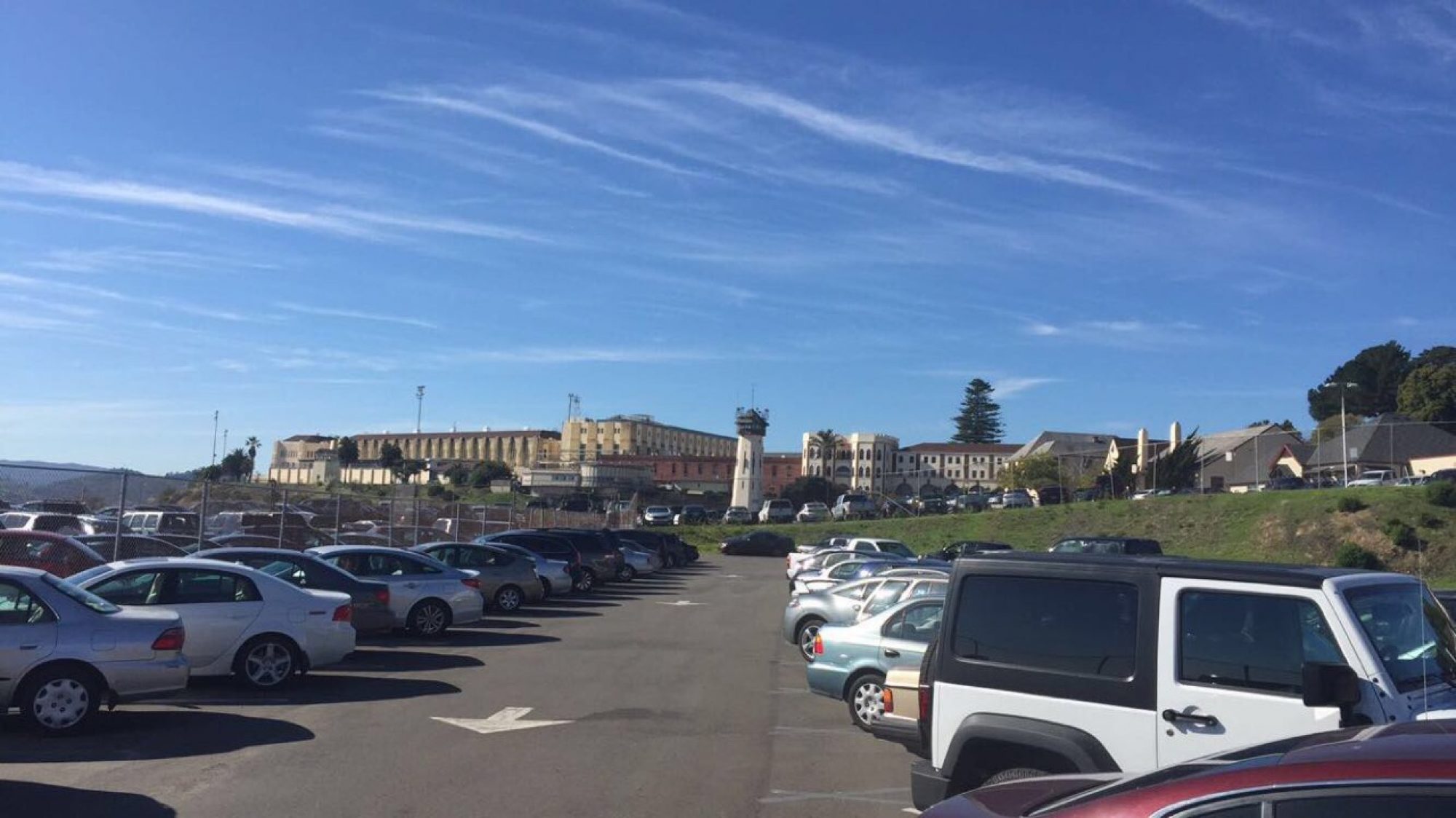What are gang injunctions?
Gang injunctions are civil court orders that attempt to respond to heightened crime rates in a neighborhood by making otherwise legal activities illegal for certain targeted people. Law enforcement agencies use them as tools to label people gang members and restrict their activities in a defined area. For example, hanging out on a street corner becomes guilt by association if suspected gang members are present. Or wearing clothing that police believe highlights gang affiliation becomes a criminalized activity. Gang injunctions are obtained by a City Attorney or District Attorney who petition a judge to declare a particular gang a “public nuisance” and impose harsh restrictions on targeted individuals’ daily lives.
Are they problematic?
Yes, very. Ostensibly gang injunction zones preserve public safety, but often amount to nothing more than racial profiling on a neighborhood-wide scale. Giving police nearly-unlimited discretion to label people gang members without having to present evidence or even charge someone with a crime is not a recipe for ideal police-community relations. Despite the documented existence of white gangs, no CA gang injunction has ever targeted a white gang.
People targeted by gang injunctions are not guaranteed a legal right to be notified or given the opportunity to defend themselves in court prior to being bound by restrictions of the injunction, nor are they provided with an attorney. Additionally, many gang injunctions do not provide a clear way out for people who are either mistakenly identified as gang members or for those who have turned their lives around. This means that the injunction could follow them the rest of their life.
Do they deter crime?
Yes, but also not really. Los Angeles is currently enforcing 46 separate gang injunctions against some 10,000 Angelenos. Crime has waned across the board since injunctions started being used in the late 80’s, but it’s not clear how much of this drop should be attributed solely to the injunctions. Confirmation bias certainly plays a significant role. If police are looking for gang activity they will generate ways (i.e. gang injunctions) to find it. The results are mixed at best.
What are some alternative solutions to confronting gang activity?
Investing in other social services would perhaps do a better job of attacking the prevalence of gangs in CA communities. Better funded after school programs, more city parks or YMCA centers, and more adequately calibrated police targeting could all reap enormous benefits. If we assume people join gangs out of recreation, or for a sense of belonging/dignity, we should offer programs that provide such qualities. Pretty much anything other than sacrificing the civil liberties of thousands of Californians would be a better solution.
Previously in the shadowy domain series: Sentence enhancements

One thought on “The shadowy domain of Gang injunctions”